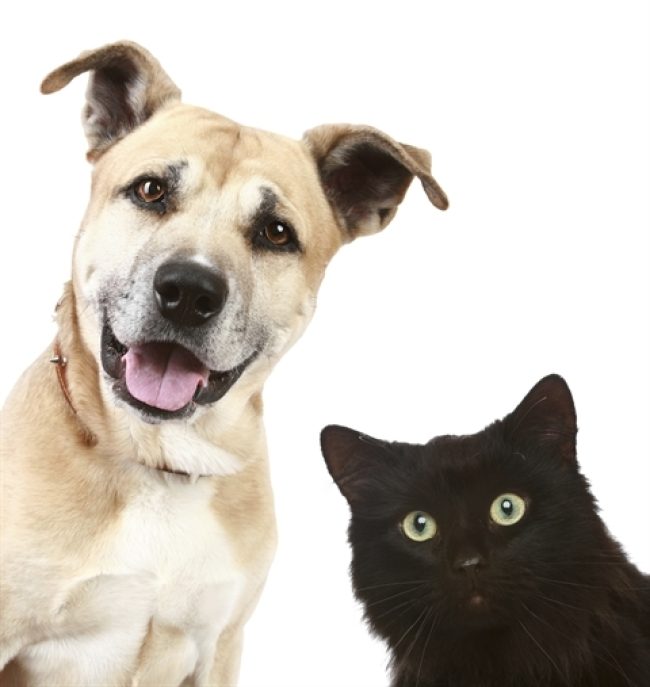Hot Weather and Pets
It is not cool to let your pets get too hot ... owners should be mindful of the risk of heat stroke during the summer
With very hot temperatures being experienced across the Territory, and particularly in the Barkly, pet owners should be mindful of the risk of heat stroke in dogs.
Council's animal management team suggest dogs should never be left in parked cars or direct sunlight.
Temperatures inside a locked car can increase very quickly, even with the windows open, and dogs that are restrained in the back of a ute also need proper shade and access to water.
When temperatures are above 30 degrees, pet owners who don’t provide appropriate shelter and water can expect to see signs of great distress in their cat or dog and in extreme cases, this can lead to death.
A quick rise in temperature in a dog can cause dehydration and blood thickening, leading to brain damage, vital organ failure and even death. It takes less than 10 minutes for dogs to be affected by heat stroke.
Signs of heat stroke in dogs include quick and frequent panting, distressed and agitated behaviour, weakness and muscle tremors, and disorientation or sudden collapse.
If you notice any of these signs in your dog, move it to a cooler area, offer cool (not cold) water, gently wet the coat using a hose or place a wet towel over the dog in the path of a fan, and seek prompt veterinary care.
Ensure your pets have:
- Constant access to clean cool water; ice in their water buckets; a few water bowls in different places
- Always provide more than one drinking bowl on hot days in case one gets tipped over and have the bowls in shade so the water can stay as cool as possible
- Shade and shelter from the sun and winds even if you have provided a kennel, it must be in a shaded place
- Keep your pets inside preferably with windows and blinds closed to keep out the hot sun
- Provide a small paddle pool for your dogs and a couple of cold, wet towels on the floor inside for your cat to cool down on if required
- Freeze large ice cubes (water in ice cream containers) and give to your dog to lick and gnaw on. This helps to keep them cool and hydrated
- Put ice blocks into their water (even in the cat’s water bowl inside)
- NEVER leave your pet inside a car on days of extreme heat. Outside temperatures can almost double inside a closed vehicle in a matter of seconds
- Don't take your animal out for a walk until after the sun has gone down - the ground is still very hot and will burn their paws
On extremely hot days:
- Put wet towels down for your pets
- Freeze containers of water to make big ice blocks for them to play with and chew on
- Dogs that like to play with tennis balls etc must not be over exercised, limit play to short periods
- Most animals just relax and sleep in the heat - they may be grumpy so give them lots of time out. Instruct children to also allow them to rest
- Dogs pant to regulate their body temperature - they sweat through their paws and tongue.
- Cats are a lot more tolerant to heat, so if a cat starts to pant they will certainly be close to overheating so you must act fast ... wrap them in a cool, wet towel until they start to cool down, then seek veterinary advice.
Heat Exhaustion
Extreme heat is a challenge for everyone especially our pets. During heat waves and hot days it is vital that you take extra precautions to keep your pets cool and prevent them from falling victim of heat exhaustion.
Dogs
For dogs, heat exhaustion can be dangerous – even fatal. In many cases heat exhaustion is preventable and there are a few simple things you can do to protect your dog this summer. It is important to note that short-nosed (brachycephalic) breeds of dogs are at higher risk of heat exhaustion than other breeds. Extra care also need to be taken with dogs that are obese, elderly, arthritic or have respiratory difficulties as they dogs are more prone to heat exhaustion than other dogs.
Cats
If your cat begins to pant, this is not a good sign and you need wrap the cat in a cool, wet towel immediately. Monitor signs and symptoms and if in any doubt seek veterinary treatment immediately.
Signs of Heat Exhaustion
Dogs (in particular) suffering from heat exhaustion will usually show the following symptoms:
- Restlessness
- Panting
- Increased respiratory rate
- Excess salivation
- Vomiting
- Diarrhoea
As the symptoms progress, the animals body temperature will increase and the signs become even more serious and life threatening.
- Weakness
- Staggering
- Gasping
- Gum colour may become red, then purple or blue (cyanosis)
- Seizures
- Coma
- Death
If you suspect heat exhaustion, be sure to take your pet to a veterinary clinic for immediate medical attention. Severe cases may result in the need for animals to receive IV fluids, seizure medication etc.

